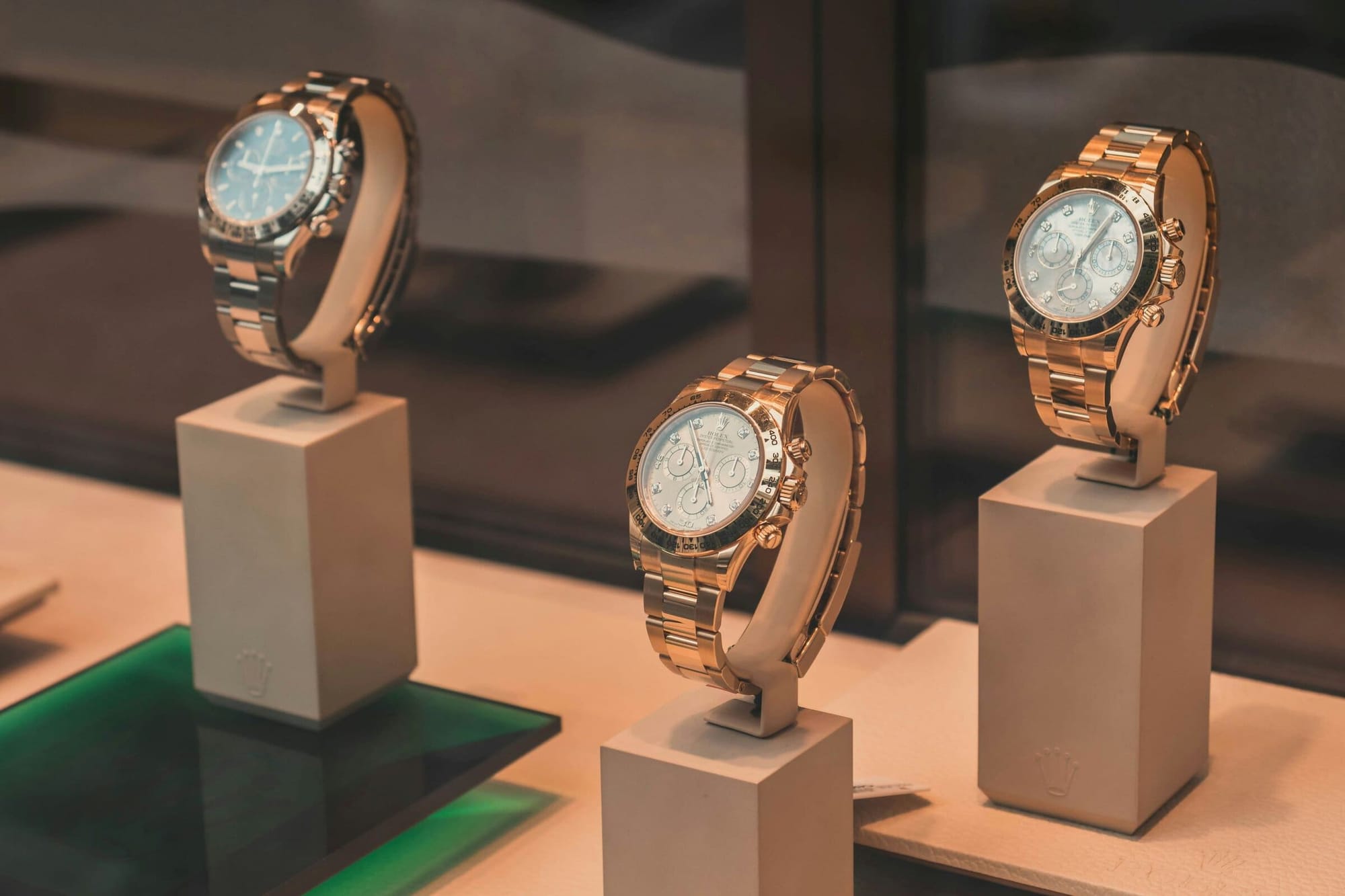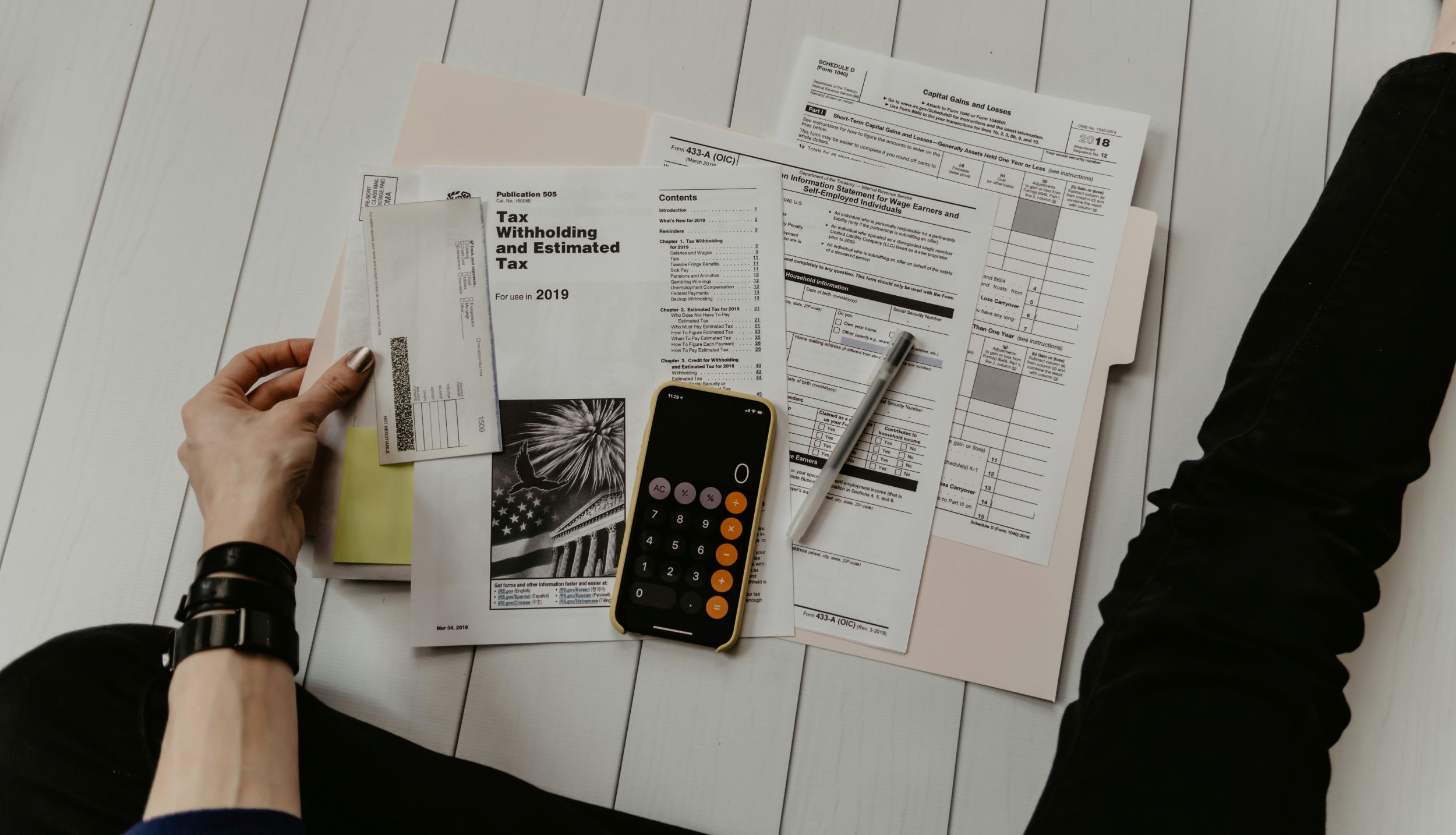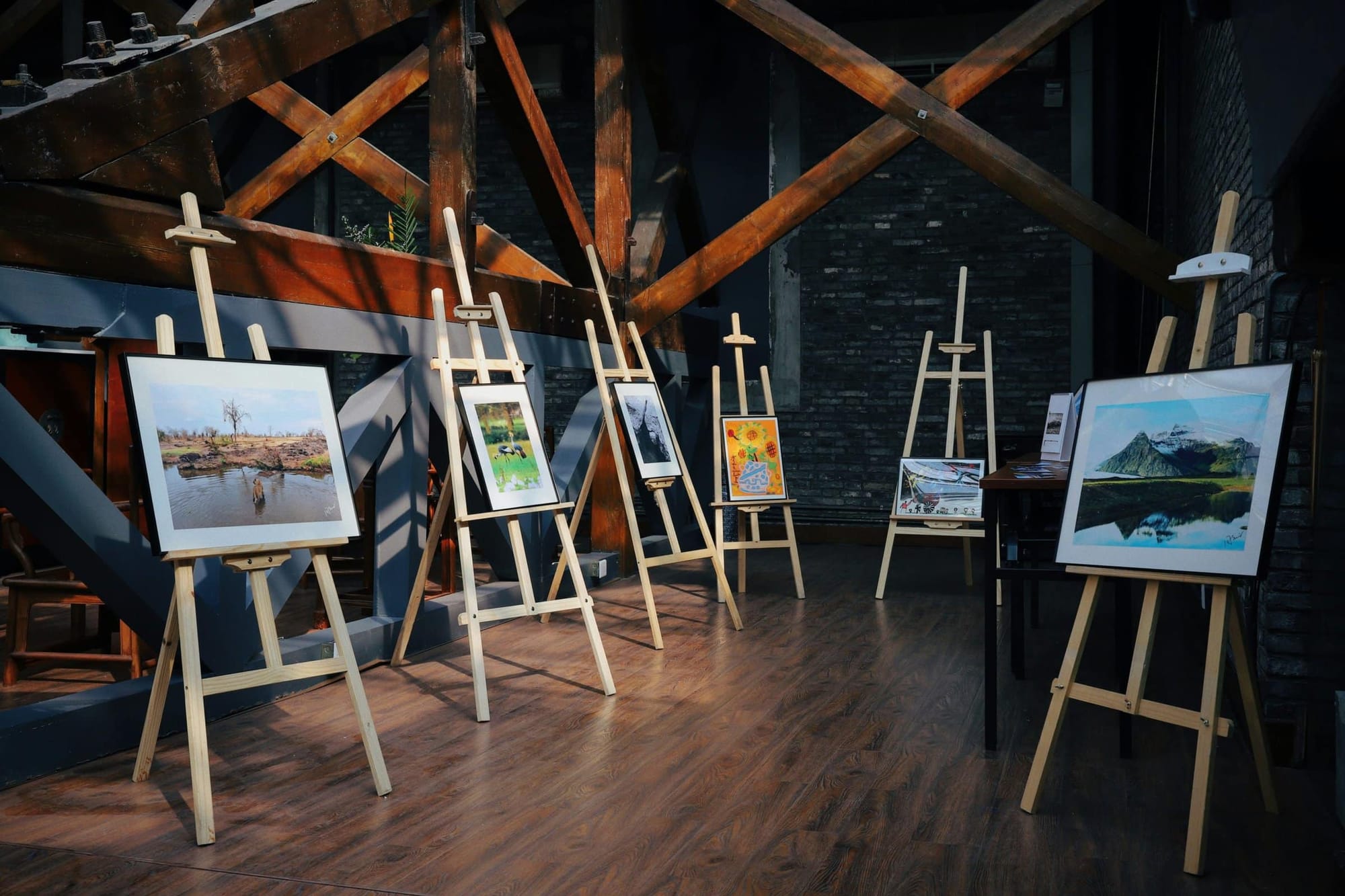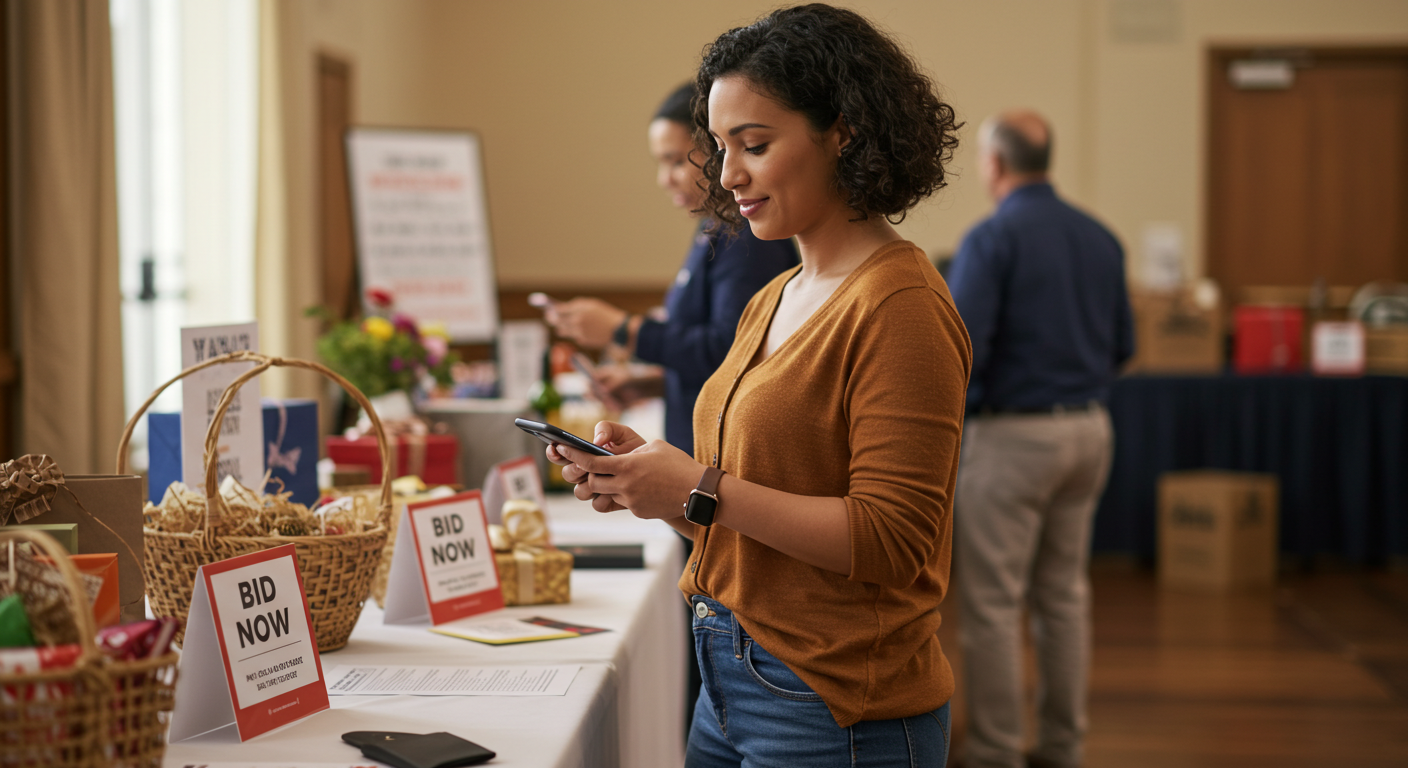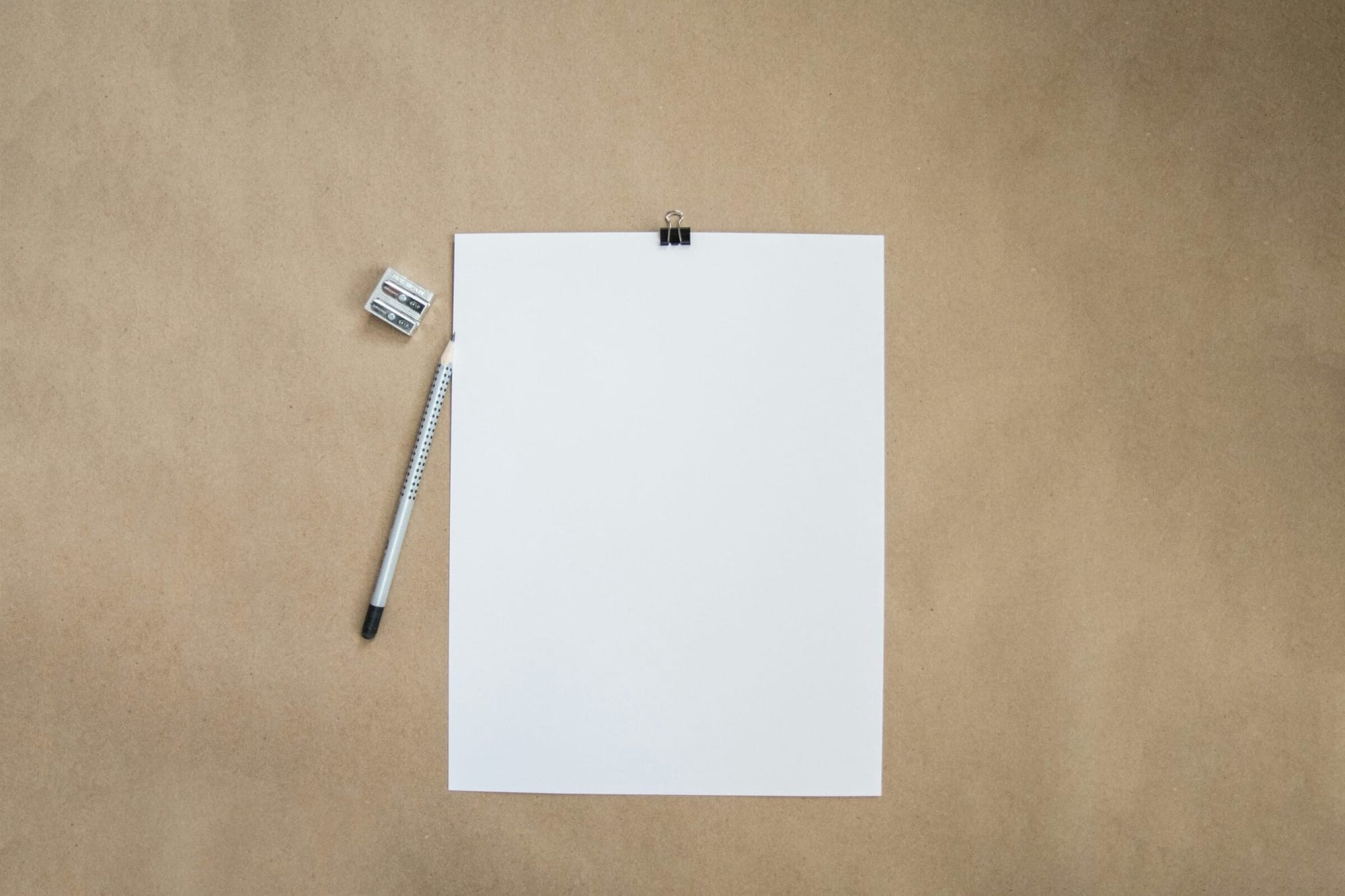Learn how to display auction items effectively. CharityAuctionsToday can help you display gift cards and other items to attract potential bidders.
The success of an auction often hinges on the presentation of the items up for bid.
A well-displayed item can catch the eye, stir interest, and ultimately, drive up bids.
In this guide, we delve into the art and science of auction item display techniques.
We'll explore how strategic lighting, thoughtful placement, and engaging narratives can enhance the appeal of your auction items.
Whether you're organizing a live auction, a silent auction, or showcasing gift cards, these tips will help you maximize the potential of your items.
Make Your Items Shine — Don’t Let Visibility Be Your Missing Link
You already know how to light, place, and label items for maximum appeal. Now turn display into bidding — launch your auction on a platform built to support flawless visual presentation and irresistible engagement.
Launch Your Auction with StyleStay with us as we unpack the secrets to effectively displaying auction items, and help you create an unforgettable auction experience.
Understanding the Importance of Display in Auctions
The way auction items are displayed can significantly influence the bidding process.
A well-curated display not only showcases the items in their best light but also creates an engaging environment that encourages active participation.
It's about creating a narrative around the items, making them more appealing and desirable.
Moreover, effective display techniques can help guide the flow of traffic, ensuring that all items get the attention they deserve.
In essence, the display is not just about aesthetics; it's a strategic tool that can significantly impact the success of your auction.
First Impressions: Setting the Stage for Your Auction Items
First impressions matter, especially in auctions.
The initial view of the auction items can set the tone for the entire event, influencing the bidders' perception and interest.
A well-arranged, visually appealing display can instantly grab attention, sparking curiosity and excitement.
Remember, the goal is to make the items look as valuable and desirable as possible right from the start.
Lighting: The Key to Highlighting Your Auction Items
Lighting plays a crucial role in showcasing auction items.
Proper illumination can highlight the best features of an item, making it stand out and attract more bids.
On the other hand, poor lighting can obscure details and reduce the perceived value of the items.
Therefore, it's essential to plan your lighting setup carefully, ensuring that each item is well-lit and visually appealing.
Strategic Item Placement to Drive Attention and Bids
The placement of auction items can significantly influence the attention they receive.
Strategically positioning high-value or feature items in high-traffic areas can draw more eyes and, consequently, more bids. It's also beneficial to group related items together to create a cohesive display that encourages bidders to bid on multiple items.
Themed Displays: Creating a Cohesive Look
Themed displays can enhance the appeal of related items and create a visually engaging experience for bidders.
For instance, grouping vintage items together or creating a sports memorabilia section can help bidders easily find items that interest them. This not only improves the bidding experience but also increases the chances of multiple bids.
Clear Labeling and Detailed Descriptions
Clear labeling is crucial in an auction setting. It helps bidders identify items and understand their value.
Each item should have a label with a brief but detailed description. This should include the item's origin, age, condition, and any other relevant information.
Here are some tips for effective labeling:
- Use large, easy-to-read fonts.
- Make sure labels are visible from a distance of a few feet. Your auction tables might get crowded.
- Include a unique item number for easy reference.
- If possible, provide a QR code for more detailed information online. Or, if you're holding a hybrid event, make it clear to bidders that they can also access the item catalog online.
Arrangement and Accessibility: Ensuring a Smooth Bidding Experience
The arrangement of auction items plays a significant role in the bidding experience. A well-organized display can guide bidders through the items, making the process smooth and enjoyable.
Accessibility is another key factor. Ensure that every item is easily visible and reachable. This allows bidders to examine items closely, increasing their confidence to place higher bids.
Utilizing Mannequins and Models for Wearable Items
For auctions featuring wearable items like clothing or jewelry, mannequins and models can be invaluable. They provide a realistic representation of how the item looks when worn.
This not only enhances the visual appeal but also helps bidders visualize themselves or others using the item. It's a simple technique that can significantly boost the perceived value of your auction items.
Multimedia Elements: Enhancing the Auction Experience
Incorporating multimedia elements into your auction display can create a more engaging experience for bidders. This is particularly effective for items with audio or video features, such as musical instruments or electronics.
By allowing bidders to see and hear these items in action, you can highlight their functionality and appeal. This can lead to increased interest and higher bids.
Securing Valuable Items While Maintaining Visibility
When displaying valuable items, security is a crucial consideration. You need to ensure these items are protected from theft or damage. However, this should not compromise their visibility.
Consider using locked display cases or platforms that elevate the items. This allows bidders to view them from all angles, while keeping them secure. If these accessories are not in your budget, ask for volunteers who can stand watch over high-value items.
Always remember, the goal is to make your items as appealing as possible to potential bidders.
Leveraging Color Psychology in Your Auction Displays
Color plays a significant role in influencing people's emotions and decisions. This principle can be applied to your auction displays to enhance their appeal.
Choose colors that complement the items and evoke the desired response. For instance, red can create a sense of urgency, while blue can instill a feeling of trust and stability.
Interactive Displays to Engage Bidders
Interactive displays can significantly enhance the bidding experience. They encourage bidders to engage with the items, increasing their interest and willingness to bid.
Consider incorporating touch screens, digital catalogs, or even augmented reality features, if feasible. Even something as simple as a digital photo frame can show off the destination of a tempting travel package or the interior of the local spa.
These elements can provide additional information about the items and create a memorable experience for the bidders.
Displaying Gift Cards Effectively
Gift cards and certificates can be difficult to see in a sea of great auction items. Here are some tips on helping them be seen by potential bidders.
Make Them Stand Out
Placing the gift cards in decorative frames or acrylic stands can help make them clear to bidders. Consider putting the gift card in a bouquet of cut flowers, a "bouquet" of relevant items like candy, snacks, or glow sticks. This will bring the gift card or certificate closer to eye level and maybe even provide a clue to bidders what the gift card is for.
Bundle with Other Items
For example, a restaurant gift card can be paired with a bottle of wine or a cookbook. These bundles not only attract more bids but also make the auction more exciting for the participants. Ensure that the bundled items complement each other to maximize their appeal.
Utilize Digital Displays
Use digital photo frames or tablets to display information about the gift cards and their vendors. You can also include a slideshow of images or videos showcasing the vendor’s products or services.
The Role of Signage and Information in Directing Bidders
Signage plays a crucial role in guiding bidders. It directs attention and provides necessary information about the items. Use clear, readable fonts and concise language for your signs.
In addition to item descriptions, consider signs that indicate categories or themes. This helps bidders navigate the auction space and find items of interest more easily.
Maximizing Bid Potential Through Effective Display
In conclusion, the way you display your auction items can significantly impact their appeal. By implementing these tips, you can create an engaging, visually appealing auction that encourages higher bids.
Remember, the goal is to make each item shine. With careful planning and attention to detail, you can maximize the potential of your auction items and ensure a successful event.
Frequently Asked Questions
What’s the best floor plan for displaying auction items?
Create a one-way loop or U-shaped aisles that lead guests past every table without dead ends. Keep 3–4 ft aisles for traffic, avoid crowding bars/doors, and place “anchor” items at natural bottlenecks to draw flow.
How much space should each item get on the table?
Aim for ~18–24 inches of width per item (more for premium pieces). Use risers, easels, and stands to add vertical layers so signage and photos aren’t hidden behind objects.
How should we group items to make browsing easy?
- By theme: dining, travel, sports, family, local experiences.
- By spend tier: under $100, $100–$300, premium.
- Feature a few “showcase” items at the end of each run to keep energy high.
What must appear on each item’s display sign or card?
- Short, benefit-first title and 1–2 line description.
- FMV, restrictions/blackouts, expiration, redemption steps.
- Minimum bid + increments (if using bid sheets).
- QR code + short URL for mobile bidding (and quick “How to bid” line).
- Donor/sponsor thank-you with logo (if applicable).
How do we light displays so guests can read and photograph easily?
Add clip-on LED lights or uplights aimed at signage, not eyes. Avoid harsh color casts or reflective glare on frames. Keep table linens a neutral, non-glossy color to reduce hotspots.
How do we display experiences and gift certificates attractively?
- Use a bold photo board, map, or prop (e.g., chef’s hat for dining).
- Frame the certificate copy (secure the original elsewhere).
- Add a one-sentence “why it’s special” impact line to spark imagination.
What’s the best way to set up bid sheets or mobile bidding prompts?
Paper: large font, clear increments, bold close time, pen tied to clipboard.
Mobile: QR codes at both ends of the table + tent card with a 1–2 step “How to bid.” Consider a roaming help desk or two tablets for guests needing assistance.
How do we reduce crowding around popular displays?
- Mirror signage (QR + item info) at both ends of the run.
- Split high-demand categories across two tables.
- Place bar and photo booth away from premium items to keep lanes clear.
How should we secure small or high-value items on display night?
Use display-only replicas, lockable cases, or cable tethers. Keep original certificates and jewelry behind the desk with claim numbers. Mark table cards “DISPLAY ONLY—CLAIM AT CHECKOUT.”
What accessibility practices improve the display experience for everyone?
- Place key signage between ~28–48 inches high and keep aisles wide.
- Use high-contrast text at 16–18 pt minimum on table cards.
- Offer an info desk and consider printed summaries for low-light spaces.
What styling choices make items look more valuable without big costs?
- Cohesive linens, consistent frames, and simple acrylic stands.
- Neutral backgrounds so items and photos pop.
- One accent color per category to help guests navigate visually.
What should the item description say to trigger bids quickly?
Lead with the benefit (“Weekend farm stay for 6 with s’mores bar”), add 2–3 punchy bullets (dates, perks, restrictions), then a one-line impact statement connecting the purchase to your mission.
How should we post closing times and rules at the displays?
- Color-code sections with “Closes at 8:15 / 8:30 / 8:45.”
- Explain extended-bidding or tie rules in one sentence.
- Use stanchions or volunteer “sweepers” to finalize lines fairly.
Any special handling for food, wine, or fragile displays?
Follow venue and local rules. Keep perishables cool, label allergens, mark “21+” for alcohol, and secure breakables on stable risers away from aisle edges.
What display cues help with a smooth item pickup after closing?
- Put item numbers big and bold on table cards and on packing labels.
- Post “Where to pick up” signs early with a simple 1–2 step process.
- Tag large items with contact info and pickup windows or delivery notes.
How do we protect displays in outdoor or high-traffic lobby areas?
Use weighted sign holders, weather sleeves for prints, gaffer tape for cables, and shade for screens. Keep a small repair kit: extra clips, tape, pens, and spare chargers.
How many volunteers should monitor displays during browsing and close?
Plan roughly 1 table host per 20–30 items, plus 2 floaters per 100 guests. At close, assign “section captains” to answer questions and finalize bids or QR help.
Should we use screens or a big board to highlight items and drive bids?
Yes—rotate 6–10 slides featuring top items, current high bids, and closing countdowns. Keep slides short and loop every 2–3 minutes so guests see key prompts wherever they stand.
Do you have a simple checklist for display setup on event day?
- Linen, risers, frames, and section signs placed; aisles measured.
- Item cards with FMV/restrictions + QR codes verified and scannable.
- Lighting tested; glare fixed; pens/tablets deployed.
- Security plan for small/high-value items; originals stored safely.
- Closing times posted; volunteers briefed on rules and pickup flow.
What common display mistakes hurt bidding—and how do we avoid them?
- Overcrowded tables—leave breathing room and add height with risers.
- Wall-of-text descriptions—use short, scannable bullets.
- Hidden restrictions—list blackout dates, expirations, and how to redeem.
- Dim or uneven lighting—bring clip lights and test before doors open.
💡 Try this in ChatGPT
- Summarize the article "Tips for Effectively Displaying Auction Items" from https://ghost.charityauctionstoday.com/p/tips-for-effectively-displaying-auction-items/ in 3 bullet points for a board update.
- Turn the article "Tips for Effectively Displaying Auction Items" (https://ghost.charityauctionstoday.com/p/tips-for-effectively-displaying-auction-items/) into a 60-second talking script with one example and one CTA.
- Extract 5 SEO keywords and 3 internal link ideas from "Tips for Effectively Displaying Auction Items": https://ghost.charityauctionstoday.com/p/tips-for-effectively-displaying-auction-items/.
- Create 3 tweet ideas and a LinkedIn post that expand on this Auction Best Practices topic using the article at https://ghost.charityauctionstoday.com/p/tips-for-effectively-displaying-auction-items/.
Tip: Paste the whole prompt (with the URL) so the AI can fetch context.
Tom Kelly
Tom Kelly, TEDx speaker and CEO of CharityAuctions.com, helps nonprofits raise millions through auctions and AI. He hosts The Million Dollar Nonprofit podcast and inspires leaders to live their legacy, not just leave it.
Table of contents
Create Your Auction
Raise 40% more with smart bidding tools
